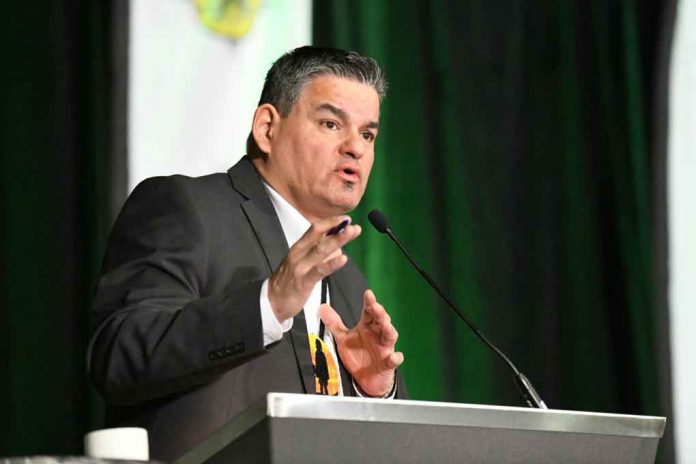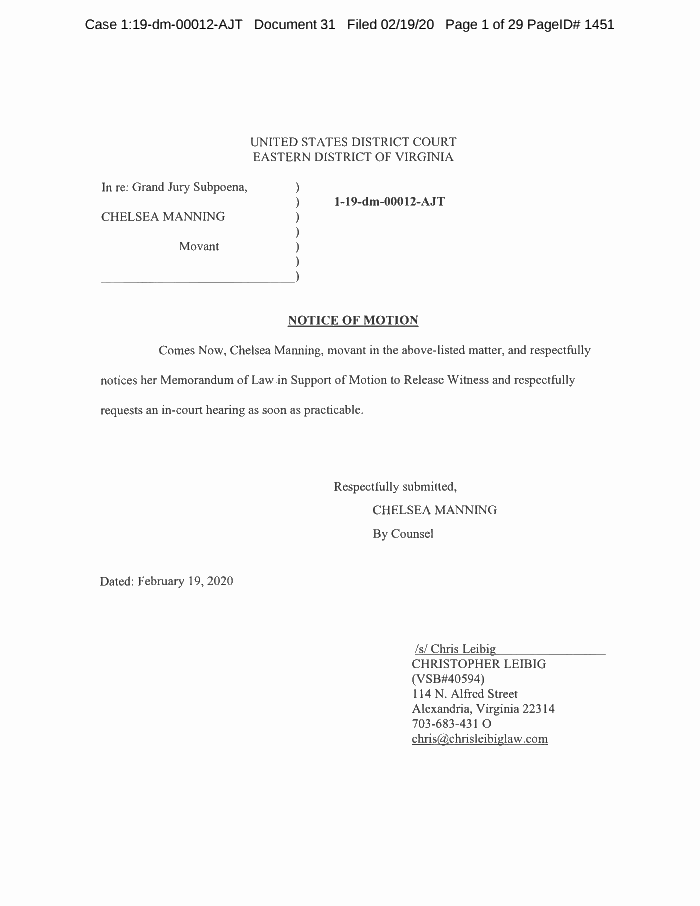MICRODOSING?
'We were kings of the world': WeWork's Adam Neumann fostered a culture of superiority at the troubled coworking startup
Theron Mohamed





'We were kings of the world': WeWork's Adam Neumann fostered a culture of superiority at the troubled coworking startup
Theron Mohamed





© Michael Kovac/Getty Images for WeWork
WeWork's cofounder and ex-CEO Adam Neumann instilled a culture of superiority at the coworking startup, according to the Financial Times.
"Adam was the sun and we all revolved around him," a WeWork employee told the newspaper. "We were kings of the world."
"He wanted everyone to know he was God," a SoftBank executive told the Financial Times.
SoftBank CEO Masayoshi Son goaded Neumann into expanding WeWork faster by comparing it to other businesses.
WeWork's cofounder and former CEO Adam Neumann fostered a culture of superiority at the coworking startup before its IPO collapsed last fall and SoftBank was forced to bail it out, according to the Financial Times.
"Adam was the sun and we all revolved around him," a WeWork employee told the newspaper, which interviewed dozens of WeWork and SoftBank sources for its latest deep dive into the company. "We were kings of the world."
Neumann exemplified that mindset by bringing up his friendship with President Donald Trump's son-in-law, Jared Kushner, in negotiations with SoftBank, the Financial Times reported.
SoftBank's bosses interpreted Neumann's comments as a threat to sabotage their efforts to win US regulatory approval for the merger of their wireless carrier, Sprint, with rival T-Mobile, the newspaper said.
"He wanted everyone to know he was God," an executive at the Japanese conglomerate told the Financial Times.
Neumann's team denied he was making a threat, the newspaper said. A federal judge ruled in favor of the telecoms megamerger earlier this month, paving the way for it to go through.Poking the bear
SoftBank CEO Masayoshi Son took advantage of Neumann's sense of superiority to goad him into expanding WeWork faster.
"Your little brother … is really performing faster [and] better than you guys," Son told Neumann in reference to hoteSprihl chain Oyo, another SoftBank holding, the Financial Times reported.
"Masa was poking the bear," a WeWork executive told the newspaper. "Adam would say, 'We're not going fast enough; we're not being bold enough.'"A swift collapse
Neumann and Son's pursuit of global domination culminated in WeWork filing to go public last August. However, investors balked at the startup's mushrooming losses, vulnerable business model, lax governance, and Neumann's controversial behavior.
At risk of not raising enough money to unlock a key bank loan, and running short of cash, WeWork pulled its IPO. Neumann stepped down and WeWork accepted a rescue deal from SoftBank in November that valued the business below $10 billion - a fraction of the $47 billion private valuation it secured in January 2019.


 © Jessica Slater The black coyote went around playing with dogs in Georgia.
© Jessica Slater The black coyote went around playing with dogs in Georgia.













